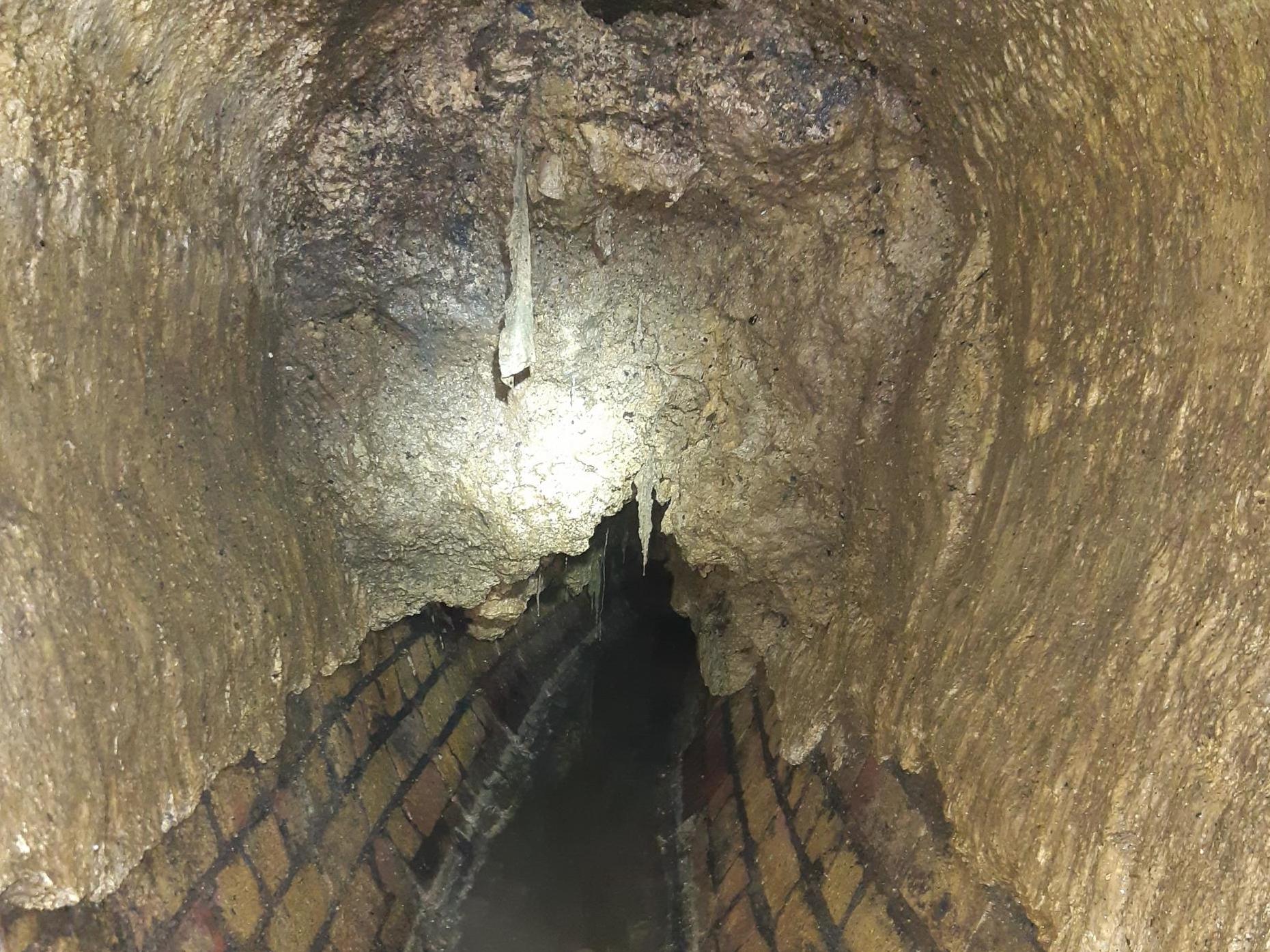'Monster’ fatbergs weighing more than 100 tonnes cleared from London sewers
Engineers tackle huge clumps of oil and fat over fears they could flood homes and businesses over Christmas

Your support helps us to tell the story
From reproductive rights to climate change to Big Tech, The Independent is on the ground when the story is developing. Whether it's investigating the financials of Elon Musk's pro-Trump PAC or producing our latest documentary, 'The A Word', which shines a light on the American women fighting for reproductive rights, we know how important it is to parse out the facts from the messaging.
At such a critical moment in US history, we need reporters on the ground. Your donation allows us to keep sending journalists to speak to both sides of the story.
The Independent is trusted by Americans across the entire political spectrum. And unlike many other quality news outlets, we choose not to lock Americans out of our reporting and analysis with paywalls. We believe quality journalism should be available to everyone, paid for by those who can afford it.
Your support makes all the difference.Two “monster” fatbergs as heavy as eight double-decker buses have been cleared from sewers in central London.
Engineers armed with power tools tackled the greasy giants – weighing a combined 103 tonnes – due to fears they could flood homes and businesses over Christmas.
Thames Water said a one 63-tonne fatberg, which included several tonnes of concrete, was cleared from a sewer under Pall Mall, close to Buckingham Palace.
Another colossal 70m clump of fat, oil and grease was removed from the sewers of Cathedral Street, near the Shard, in London Bridge.
The two fatbergs were blocking drains and threatening to spew wastewater into nearby properties over the festive period, the water supplier said.
Fatbergs are formed when fat and oil are poured down sinks and drains and stick to items that should not be flushed down the toilet, such as wet wipes, nappies and cotton buds.
Engineers use tools to break up the cloying lumps before removing chunks by hand.
“It’s an extremely difficult job getting them out of our sewers. It’s cramped, hot and very unpleasant, especially when a chunk of fatberg is disturbed. The smell can be overpowering, said Stephen Pattenden, network manager at Thames Water.
The water company said the two recent discoveries served as a timely reminder about the importance of properly disposing of cooking fat. It urged people not to “feed the fatberg” over Christmas and to take car of how they dispose of cooking fat, particularly from roast turkey.
Mr Pattenden said: “Fatbergs are like monsters from the deep, lurking and growing under our feet, and the team worked around the clock to defeat these two before they could cause damage to our customers or the environment.
“We’ve all seen the problems and damage they cause, and I’d therefore ask everyone to please make sure they don’t pour fats and oils down the sink.
“By letting the fat cool, putting it in a proper container like a glass jar and then in the bin stops a fatberg growing into a monster.”
The two fatbergs were cleared months after Thames Water removed a 100-metre “concreteberg” from beneath Islington, while a 40-tonne fatberg the size of a double-decker bus was cleared from a Greenwich sewer in October.
Subscribe to Independent Premium to bookmark this article
Want to bookmark your favourite articles and stories to read or reference later? Start your Independent Premium subscription today.
Join our commenting forum
Join thought-provoking conversations, follow other Independent readers and see their replies
Comments